Palbocent(Palbociclib) 125 mg
0.00$
Palbociclib is an inhibitor of cyclin-dependent kinases (CDK) 4 and 6. Cyclin D1 and CDK4/6 are downstream of signaling pathways which lead to cellular proliferation. In vitro, Palbociclib reduced cellular proliferation of estrogen receptor (ER)-positive breast cancer cell lines by blocking progression of the cell from G1 into the S phase of the cell cycle. Treatment of breast cancer cell lines with the combination of Palbociclib and antiestrogens leads to decreased retinoblastoma (Rb) protein phosphorylation resulting in reduced E2F expression and signaling, and increased growth arrest compared to treatment with each drug alone. In vitro treatment of ER-positive breast cancer cell lines with the combination of Palbociclib and antiestrogens led to increased cell senescence compared to each drug alone, which was sustained for up to 6 days following Palbociclib removal and was greater if antiestrogen treatment was continued. In vivo studies using a patient-derived ER-positive breast cancer xenograft model demonstrated that the combination of Palbociclib and letrozole increased the inhibitionof Rb phosphorylation, downstream signaling, and tumor growth compared to each drug alone. Human bone marrow mononuclear cells treated with Palbociclib in the presence or absence of an anti-estrogen in vitro did not become senescent and resumed proliferation following Palbociclib withdrawal.
Presentation
Palbocent 125: Each capsule contains Palbociclib INN 125 mg.
Description
Palbociclib is an inhibitor of cyclin-dependent kinases (CDK) 4 and 6. Cyclin D1 and CDK4/6 are downstream of signaling pathways which lead to cellular proliferation. In vitro, Palbociclib reduced cellular proliferation of estrogen receptor (ER)-positive breast cancer cell lines by blocking progression of the cell from G1 into the S phase of the cell cycle. Treatment of breast cancer cell lines with the combination of Palbociclib and antiestrogens leads to decreased retinoblastoma (Rb) protein phosphorylation resulting in reduced E2F expression and signaling, and increased growth arrest compared to treatment with each drug alone. In vitro treatment of ER-positive breast cancer cell lines with the combination of Palbociclib and antiestrogens led to increased cell senescence compared to each drug alone, which was sustained for up to 6 days following Palbociclib removal and was greater if antiestrogen treatment was continued. In vivo studies using a patient-derived ER-positive breast cancer xenograft model demonstrated that the combination of Palbociclib and letrozole increased the inhibitionof Rb phosphorylation, downstream signaling, and tumor growth compared to each drug alone. Human bone marrow mononuclear cells treated with Palbociclib in the presence or absence of an anti-estrogen in vitro did not become senescent and resumed proliferation following Palbociclib withdrawal.
Indications
Palbociclib is indicated for the treatment of HR-positive, HER2-negative advanced or metastatic breast cancer in combination with:
• an aromatase inhibitor as initial endocrine based therapy in postmenopausal women; or
• fulvestrant in women with disease progression following endocrine therapy.
Dosage & Administration
The recommended dose of Palbociclib is a 125 mg capsule taken orally once daily for 21 consecutive days followed by 7 days off treatment to comprise a complete cycle of 28 days. Palbociclib should be taken with food. Administer the recommended dose of an aromatase inhibitor when given with Palbociclib. Please refer to the Full Prescribing Information for the aromatase inhibitor being used. When given with Palbociclib, the recommended dose of fulvestrant is 500 mg administered on Days 1,15, 29, and once monthly thereafter. Please refer to the Full Prescribing Information of fulvestrant. Pre/perimenopausal women treated with the combination of Palbociclib plus fulvestrant therapy should be treated with luteinizing hormone-releasing hormone (LHRH) agonists according to current clinical practice standards.
Side Effects
The most common adverse reactions (incidence ≥10%) were neutropenia, infections, leukopenia, fatigue, nausea, stomatitis, anemia, alopecia, diarrhea, thrombocytopenia, rash, vomiting, decreased appetite, asthenia, and pyrexia.
Precautions
• Neutropenia: Complete blood count should be monitored prior to the start of Palbociclib therapy and at the beginning of each cycle, as well as on Day 15 of the first 2 cycles, and as clinically indicated.
• Embryo-Fetal Toxicity: Palbociclib can cause fetal harm. Patients should be advised about the potential risk to the fetus and to use effective contraception.
Use in Pregnancy & Lactation
Based on findings from animal studies and its mechanism of action, Palbociclib can cause fetal harm when administered to a pregnant woman. There are no available data in pregnant women to inform the drug-associated risk. In animal reproduction studies, the administration of Palbociclib to pregnant rats and rabbits during organogenesis resulted in embryo-fetal toxicity at maternal exposures that were ≥4 times the human clinical exposure based on AUC. Pregnant women should be advised about the potential risk to a fetus. The estimated background risk of major birth defects and miscarriage for the indicated population is unknown. In the U.S. general population, the estimated background risk of major birth defects and miscarriage in clinically recognized pregnancies is 2%-4% and 15%-20%, respectively. There is no information regarding the presence of Palbociclib in human milk, its effects on milk production, or the breastfed infant. Because of the potential for serious adverse reactions in breastfed infants from Palbociclib, advise a lactating woman not to breastfeed during treatment with Palbociclib and for 3 weeks after the last dose.
Pediatric Use
The safety and effectiveness of Palbociclib in pediatric patients have not been established.
Geriatric Use
No overall differences in safety or effectiveness of Palbociclib were observed between these patients and younger patients.
Hepatic Impairment
Mild hepatic impairment had no effect on the exposure of Palbociclib. The pharmacokinetics of
Palbociclib has not been studied in patients with moderate or severe hepatic impairment.
Renal Impairment
Mild and moderate renal impairment had no effect on the exposure of Palbociclib. The pharmacokinetics of Palbociclib has not been studied in patients with severe renal impairment.
Drug Interaction
CYP3A Inhibitors: Avoid concurrent use of Palbociclib with strong CYP3A inhibitors. If the strong inhibitor cannot be avoided, reduce the Palbociclib dose.
CYP3A Inducers: Avoid concurrent use of Palbociclib with strong CYP3A inducers.
CYP3A Substrates: The dose of sensitive CYP3A4 substrates with narrow therapeutic indices may need to be reduced when given concurrently with Palbociclib.
Commercial Pack
Palbocent 125: Each box contains 3 blister strips of 7 capsules.

 Cart is empty
Cart is empty 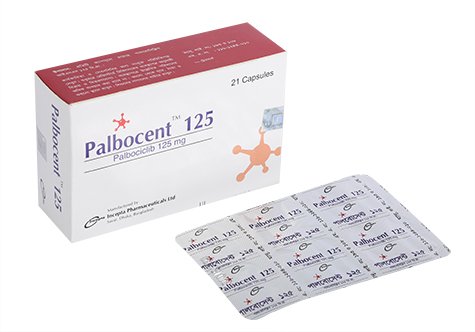
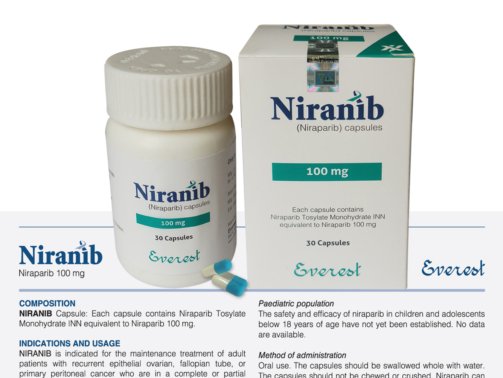
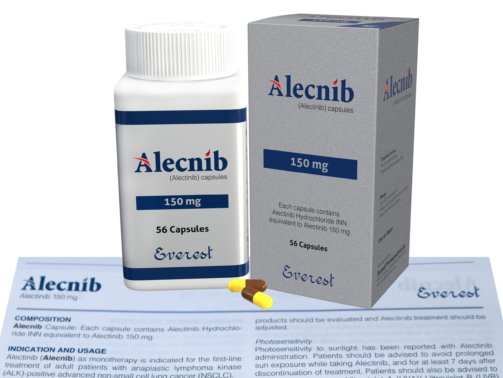
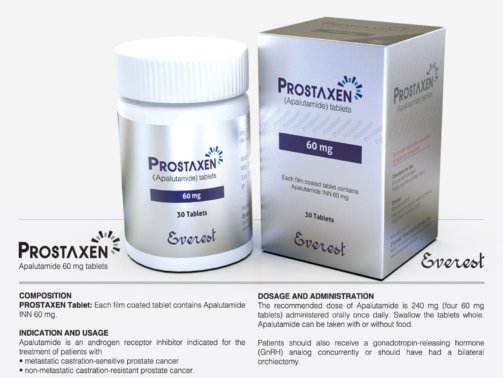
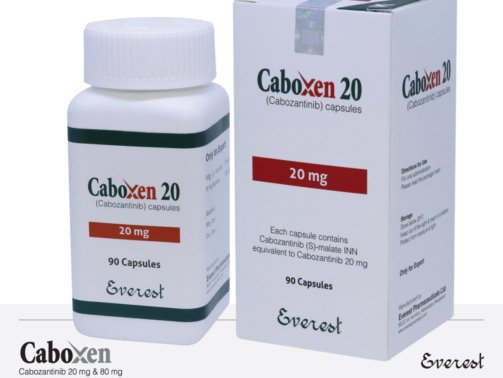
Reviews
There are no reviews yet.